Uniting a calf with the mother cow is simple and joyous. However, while the joy is comparable the scenario is entirely different when attempting the same with an elephant calf. For one, chances of finding an elephant calf stranded in the forest are slim, unless for a good reason. Even in such a case, uniting it with its herd is just not as easy as dangling a key chain and luring it to a herd nearby. The dangers are manifold.
But the way this is portrayed by Renault India in its new commercial for the Kwid hatchback, makes it seem like a jolly smooth drive. The woman who is moved by the plight of the stranded calf is happy with the reunion and the trio sail away in their new vehicle.
See the Ad
Here, the intention is good – showing kindness to animals, but it ends up encouraging inappropriate behaviour in the wilderness. The mistake many of us commit is in seeing wildlife in the same vein as we view humans. While many of us are moved by the plight of animals and would like to help them, dealing with wildlife is not the same as handling pets. If a Jane Goodall or Diane Fossey could communicate closely with primates, it was only after years of behavioural study in the wilderness. The same goes for ‘rescues’ be it of an elephant calf or leopard cubs.
Read More: Elephant Rescued in Marsh by Villagers in Tamil Nadu
An understanding of elephant ecology prompts many questions. For instance, how did the trio know that the calf belongs to the same herd? Did they consider how the herd may react to an unknown calf? Even trained forest department staff think many times before attempting rescues, and that too after much planning. Arguing that this is ‘just an ad’ and should not be construed as a lesson in wildlife rescues, does not take away from the fact that visual media today has high impact in influencing minds with imagery that linger in memory for years to come. Responsible firms must realise the potential harm their ‘feel-good’ commercial may cause to wildlife.
Thanks to WhatsApp posts, most of us believe that all one needs is a strong mind to quell a raging bull elephant or a brave heart to go chasing a cheetah. The ad in question suggests one can drive through an elephant herd with no worry in the world.
Any wildlifer will tell you that life in the jungle is not an easy drive, especially in the presence of wildlife.
Elephants are highly individualistic in their behaviour and hence can be unpredictable in their responses.
Wildlife experts advise volunteers during research work to keep a healthy distance from elephant herds. Treading softly while in the jungle, not wearing flashy colours, not using cameras with flash and so on; extreme care is taken not to call attention or provoke animals. And still, these experts face challenging situations with elephants, bears or carnivores. Driving into the midst of an elephant herd can be very dangerous and promoting such human behaviour can put people’s lives at risk. Elephants can be particularly protective with calves around and can chase vehicles when they perceive a threat. Strong maternal instincts are seen in most animals, including carnivores such as tigers and leopards that otherwise shy away from human presence.
It is with people’s safety in mind that the forest department puts up signboards on highways cutting through forests, asking commuters not to stop or alight. Yet, many violate these rules (that come with a fine) with impunity, and go as far as to take ‘daring’ selfies with elephants that sadly can then become their epitaph. Venturing off the road into the forest is also strictly prohibited and yet this is what the protagonists in the ad do.
Read More: Crowd Makes Way for Elephant to Rescue her Calf
Our country today has hardly 5 percent of its geographical extent as protected areas. Forests are being lost to farmlands, industrial parks, roads, mines, tourist zones, etc. This has not only split existing habitats but led to their degradation, and hence resulted in a spillover of wildlife outside forests. Studies have also shown heightened stress levels in elephants in areas with frequent human-animal encounters. The elephant drives that see the use of crackers, fire and even stones thrown by mobs can affect elephant fertility, thanks to such stress. The least we can do is to ensure that wildlife is not disturbed in their habitat.
Television commercials reach millions. In selling a brand, the product features are conveyed through a fictional story. However, where the story has the potential to send out a wrong message, it is incumbent upon the firm to make sure they have their facts right. In this case, the car maker could still have used the jungle backdrop with the elephants, but with a different story. It only had to consult a wildlife expert.
It can be argued that this is ‘just an ad’ which actually preaches love for wildlife. But many impressionable youngsters will want to test their mettle with an elephant herd, with undesirable results. The need of the hour is both to conserve dwindling wildlife and to protect human lives. The media has a very responsible and powerful role to play in this.
“While we welcome the inclusion of wildlife and their issues in commercials, we strongly suggest that experts are consulted, a detailed research is carried by the concerned firms and only facts are represented. At the end of the day, the commercial should be portrayed in a way which is beneficial to both wildlife and humans,” says WCS – India Country Director, Prakriti Srivastava
Read More: Spies in the Sky Saving Wildlife

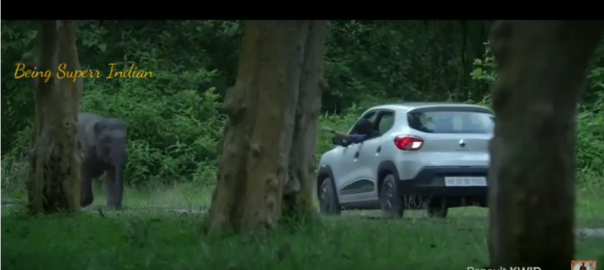
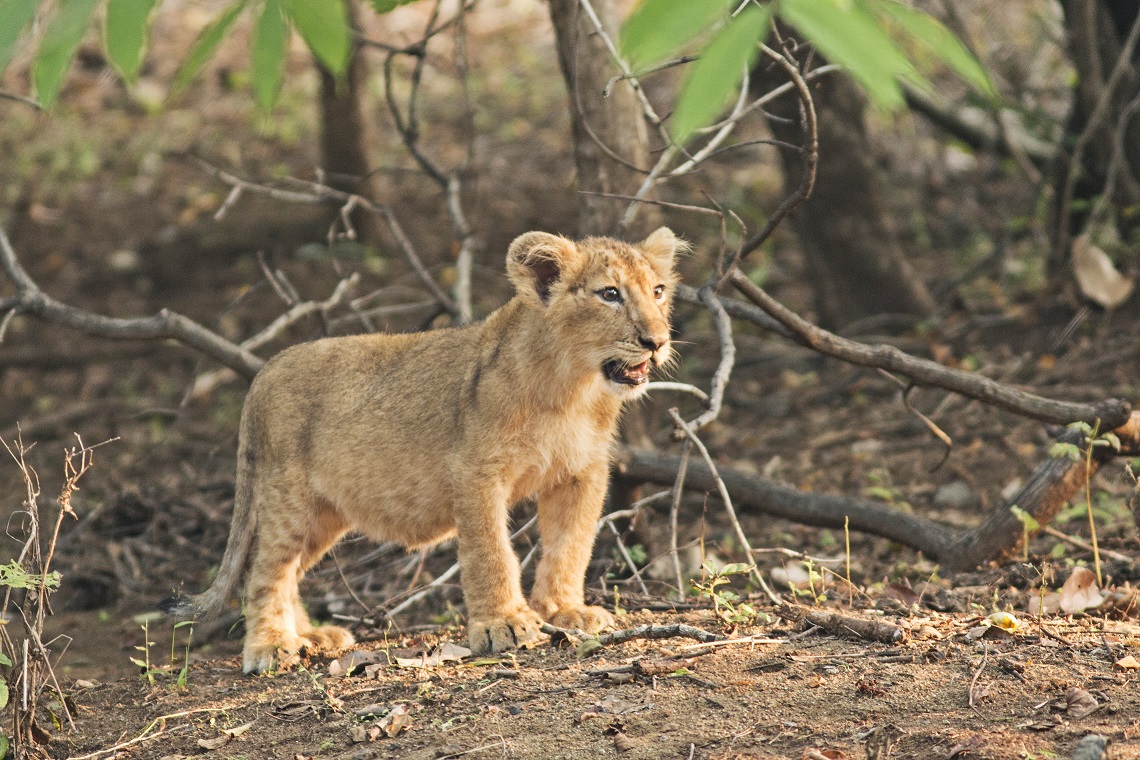
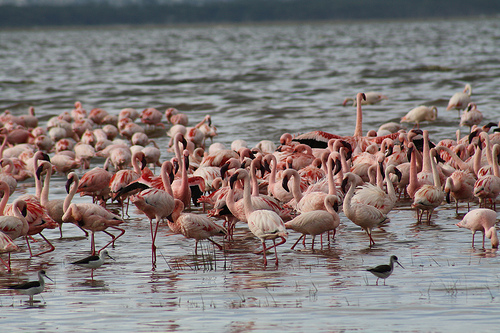
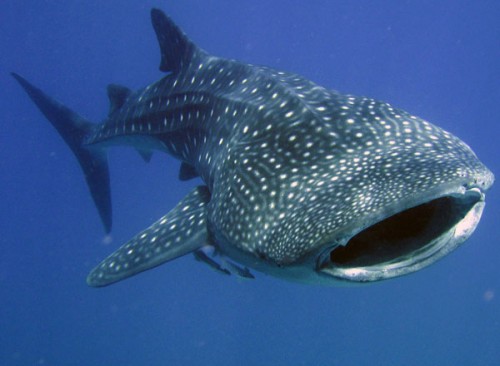
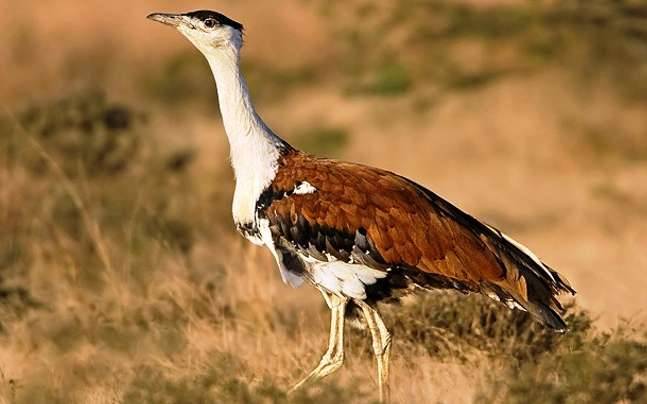
You are right. SM forwards and shares are what make for such foolhardy rescues and misplaced humaneness. It reminds me of the short video I remember seeing sometime back where two idiots dressed as zebras and prancing in the wilds of Africa end up mauled by lions. Advertisers, especially of such brands like Renault should have known better than to portray something so foolish.
Absolutely. Everyone should understand there is a fine line between caring for wildlife and respecting their space. It’s possible that watching the shows in channels like Discovery and National Geographic where they see experts hugging and holding wild animals, people misunderstand that anyone can do that, which is absolutely not true. It takes years of behaviour study to actually understand a wild animal’s instinct and even then, the experts need to be very cautious.